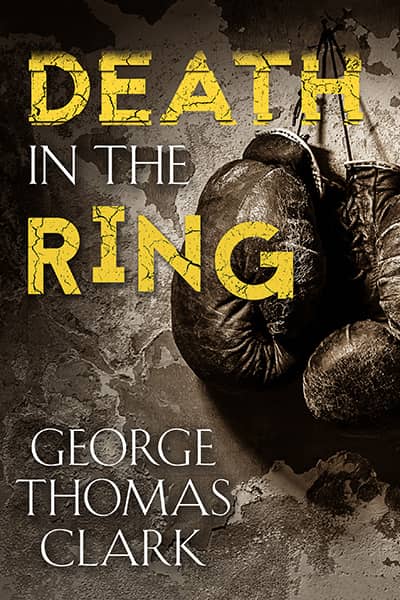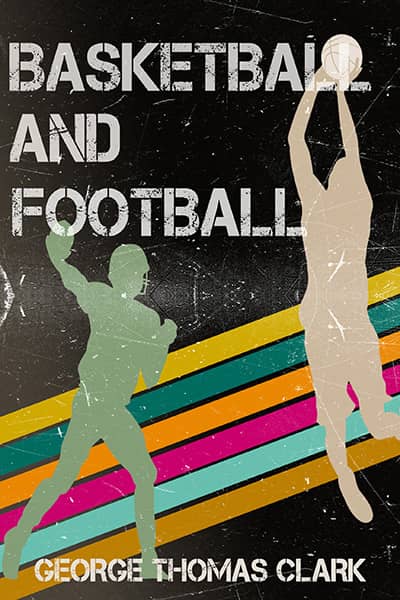Jail for Juvenile Felons
January 6, 2016
There’s a pretty picture on the postcard: San Francisco Bay provides a serene, blue backdrop for a hill with a group of shining buildings on it. The writing on the other side acknowledges the setting’s superficial beauty but offers a warning: San Quentin prison may look good on a postcard but is not a nice place to live.
This message was sent to the young men detained in H Unit of the juvenile detention facility east of Sacramento. Its author used to live there, where the most violent and incorrigible minors are detained until courts decide where to send them. He’d been recycled through H Unit several times. During his final stay he took a nurse hostage and held a pencil at her throat during an escape attempt. Now he’s doing big time in the big joint and his advice to current residents is go straight.
I offer similar counsel. I’m the instructor in H Unit and give rudimentary lessons in reading, writing, and math. Academic progress is usually slow since many of the “wards” – an official euphemism for prisoners – grew up respecting guns and knives rather than books and ideas. Their average reading level is fourth grade. Most lacked a father to enforce academic discipline. Mothers who tried to dictate direction were often ignored or assaulted by their sons. The image of self was thusly fractured, and that’s why those who live in H Unit are segregated and no one’s allowed to leave except to go to court.
Three unarmed probation assistants keep wards busy and maintain acceptable behavior. In the morning they lead military-like calisthenics that tire the youths and make them more amenable. Then the first of three meals is wheeled in on metal carts. No one can speak until everyone’s food has been served. The rationale: no talking, no arguing. The wards seat themselves primarily in racial blocks: blacks in one place, whites in another, and Latinos somewhere else.
Everyone is required to bathe daily in one of five showers. It normally takes about an hour for a maximum of twenty-four wards to finish. Each person has a corresponding number on a tape board where toothbrushes and combs hang. If these implements of cleanliness, which can be fashioned into weapons, are not returned, punishment is an automatic four to eight hours of isolation.
I grade each ward’s performance daily. The criteria are studies, physical education and, most important, willingness to follow instructions. Four is the highest grade and means bedtime at ten p.m. Those assessed three must turn in at nine and a two means goodnight at eight. Anyone receiving a one goes back to his private seven- by twelve-foot cell at six p.m. Zero brings a three p.m. retirement.
A bed, a toilet, and a sink appoint each cell. No more than five books and five letters are allowed inside at one time. Any more might provide cover for contraband. Pictures must not be stuck to walls for the same reason.
The juvenile center isn’t permitted to give details of security-related incidents. I can say there’s a control room at the center’s entrance where several screens provide visual surveillance. H Unit is the only section equipped with cameras. A phone and buzzer serve as alarms. Throughout the facility listening devices can detect anything uttered above a whisper. Probation assistants don’t have guns or clubs but can use handcuffs and mace to subdue unruly wards. Most helpful, the men are large and muscular and provide empty-handed deterrence.
“I’m really frustrated with the system,” a probation assistant told me. “It’s damn near impossible to do the job sometimes. If the wards are fighting or threatening or spitting at me, I’m supposed to only touch them lightly. In reality, it’s our intimidation that controls them. But even that has been taken away from us without giving us anything to replace it. The biggest hassles involve wards versus wards. They need a trade school, not just menial education.”
Unfortunately, there’s not time for instruction in trades since wards only live in H Unit weeks or a few months before heading to a California Youth Authority facility, the Sacramento County Boys Ranch, or elsewhere. Superficial instruction remains the best option. I try to stimulate wards with new experiences. A few years ago, for example, the guys in H Unit couldn’t get enthused about volleyball because they considered it a sissy sport. To counter that misconception I invited the Sacramento State women’s team to play the six best guys in the group. The ladies prevailed sixteen to nothing in the first game when one guy had his nose bloodied by a spike. After competition, the ladies treated the guys to coed drills on technique.
That kind of diversion is rare or nonexistent in adult maximum security detention facilities where recreation must yield to punishment, and possibilities for rehabilitation are superseded by the requirements of isolation. H Unit, by contrast, seems somewhat congenial. It can be a last refuge before prison, a final opportunity to reassess one’s future before an inexorable wrong turn.
The option to reflect may help Joe put his life back together. A shy, soft-spoken kid whose face carries a gentle expression, he had no police record when he drove a car for two adults who robbed a store and shot the clerk in the face, killing her.
“This has been terrible, depressing,” said Joe. “But it’s not as bad as I expected. I thought I’d have to fight a lot, but I haven’t been hassled. I’ve been thinking about what I did and I’ve learned my lesson. I want to get out and maybe go to medical school. I know that’s very hard and takes a lot of money so it might be better to become a nurse. I plan to go straight, whatever it takes to become a nurse. This is my first time in jail, and my last.”
Bill, unlike Joe, is a veteran of confinement, first arrested at age thirteen and most recently for raping an elderly woman. He said, “I want to change my life. It’s my goal not to be locked up any more. I need to finish school, but I’m not a good reader. I want to make new friends. My old friends like violence and taking things. I think I can go straight. If I have a good start, I think I can do anything.”
I like my job and want all the guys to surmount their problems but experience tells me that’s not possible. I know sixty to seventy percent of those in H Unit will be arrested again, and again. I can’t forget that five of my former wards are now on death row at the place on the pretty postcard.
* * *
After revising this 1982 feature, told from the point of view of H Wing instructor John Polhemus, I searched for updates and learned that on March twenty-sixth, 2015 The Sacramento Bee reported: “Nearly two dozen people who were in custody between 1998 and 2010 will collect a total of $475,000 from Sacramento County to settle claims of abuse by staff members at the county’s juvenile detention facilities.”














